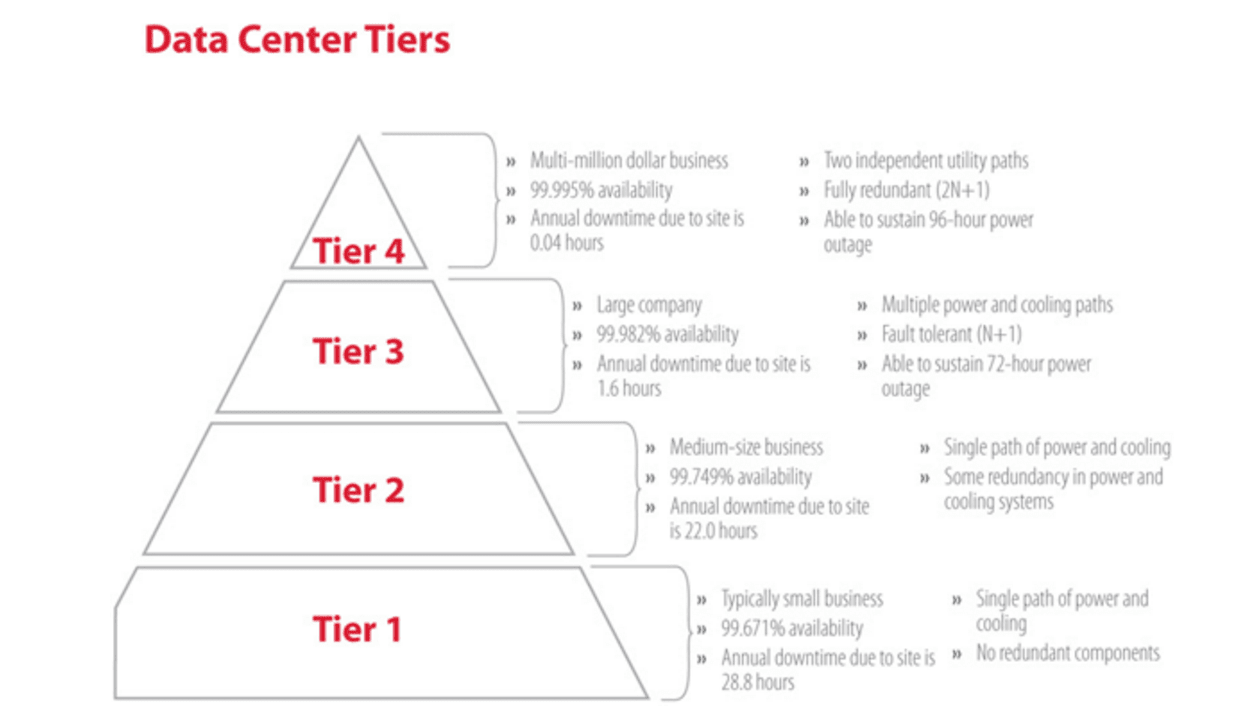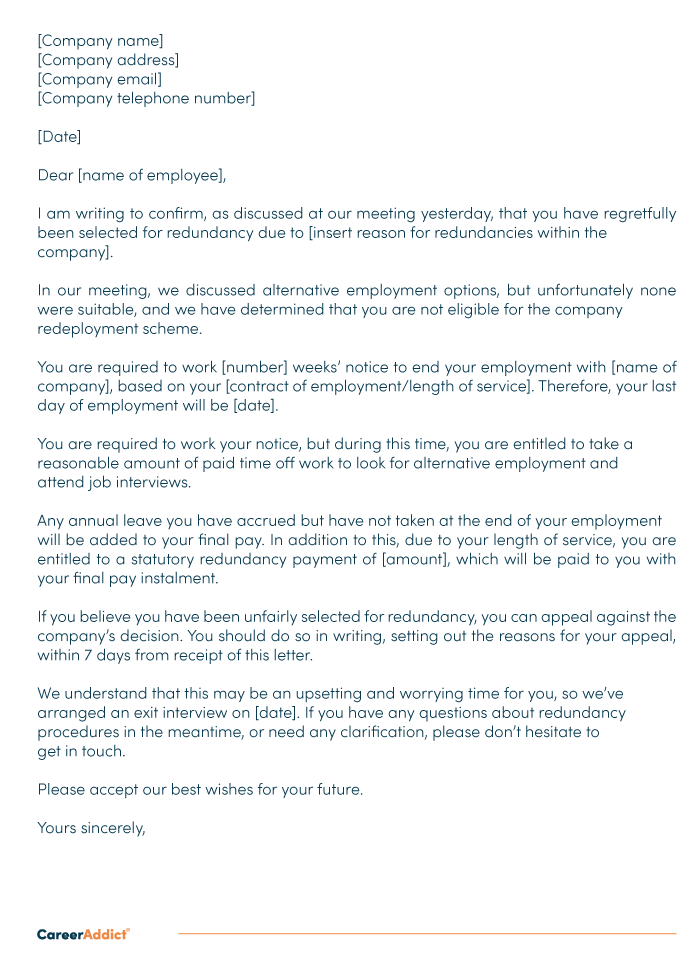Small Business Closing Employee Rights UK: What You Need to Find Out About Redundancy
Small Business Closing Employee Rights UK: What You Need to Find Out About Redundancy
Blog Article
Examining the Interplay Between Business Redundancy and Business Versatility for Future Growth
In the vibrant landscape of today's company globe, the complex partnership between company redundancy and business versatility arises as a critical variable for sustained growth and success. Business typically face the obstacle of striking a delicate balance in between keeping a level of redundancy to minimize dangers and fostering flexibility to react quickly to the ever-evolving market needs.
Significance of Company Redundancy
Firm redundancy is a critical component that improves organizational durability and alleviates operational risks. By incorporating redundancy measures within the organizational framework, firms can much better withstand unexpected disruptions and variations in the business atmosphere. Redundancy offers as a calculated barrier, enabling companies to adapt and respond successfully to unforeseen obstacles without jeopardizing vital procedures.
One secret facet of the importance of company redundancy is its duty in guaranteeing connection during times of dilemma. When confronted with unexpected changes or emergency situations, repetitive systems, resources, or employees can action in to keep crucial features and protect against widespread disturbances. This continuity not only safeguards the business's track record and client depend on but also minimizes monetary losses and operational downtime.

Approaches for Organizational Flexibility

One more important technique is purchasing technology and infrastructure that can sustain flexibility and scalability. Applying electronic devices, automation, and data analytics can streamline procedures, improve effectiveness, and give important understandings for informed decision-making. Moreover, creating versatile business frameworks that enable fast adjustments to market dynamics and client needs is vital for staying competitive in a swiftly developing environment. By proactively recognizing prospective interruptions and chances, companies can proactively flourish and adjust in an ever-changing company landscape.
Balancing Redundancy and Versatility
Achieving a harmonious equilibrium in between operational redundancy and business adaptability is paramount in browsing the complexities of a dynamic company setting. Redundancy within a company gives a safeguard, ensuring connection and stability in procedures. Nevertheless, an unwanted of redundancy can result in inadequacies and hinder versatility to altering market conditions. On the other hand, business flexibility allows firms to respond without delay to external blog here interruptions and confiscate new possibilities. Striking the ideal equilibrium in between redundancy and adaptability is a fragile process that calls for a deep understanding of the organization's goals, sector dynamics, and danger tolerance.
To achieve this equilibrium, firms require to conduct regular evaluations of their operations to identify locations where redundancy is required for threat reduction and where adaptability can drive technology and development. Carrying out versatile structures, fostering a culture of continuous knowing and improvement, and encouraging open communication across all degrees of the organization are essential methods to balance redundancy and flexibility efficiently. By aligning these two essential elements, business can place themselves for lasting growth and success in an ever-changing service landscape.
Case Studies on Adjustment Success
In examining circumstances of effective organizational adjustment, it comes to be evident that the interplay between functional redundancy and versatility is a specifying variable in shaping resistant companies. One compelling situation study is that of Netflix. Originally a DVD rental solution, Netflix demonstrated amazing flexibility by transitioning into a streaming platform when digitalization disrupted the market. By tactically spending in technology and web content development, Netflix not just flourished yet survived in a quickly developing market. Another standout instance is see this website Amazon. Beginning as an on-line book shop, Amazon continuously adjusted its company version, broadening right into varied markets such as cloud computing and expert system. This versatility allowed Amazon to stay in advance of rivals and fulfill altering customer demands. Finally, Adobe gives a significant picture of successful adjustment. The business shifted from marketing software application licenses to a subscription-based model, guaranteeing reoccuring income streams and enhanced client engagement. These study emphasize the importance of operational redundancy combined with organizational flexibility in cultivating lasting growth and competition.
Structure Resilience for Future Growth
Building strength for future growth calls for a strategic positioning of functional procedures with market characteristics and arising trends. Companies need to adapt to altering settings by cultivating a culture of flexibility, advancement, and continuous enhancement.
Moreover, promoting strong connections with stakeholders, such as consumers, workers, vendors, and the community, is important for preserving and weathering unpredictabilities count on and assistance during rough times. Efficient communication and transparency play a vital duty in structure resilience, as they help help with and straighten expectations collaboration in browsing unpredictabilities.
Moreover, companies need to focus on understanding and growth initiatives to upskill employees and equip them with the required tools to adapt to changing situations. By spending in their workforce, firms can improve their adaptability and agility, eventually reinforcing their strength for sustainable future development.
Final Thought

In the dynamic landscape of today's service globe, the elaborate relationship in between business redundancy and business flexibility arises as a crucial variable for sustained development and success. Companies commonly encounter the obstacle of striking a fragile equilibrium in between maintaining a degree of redundancy to minimize threats and fostering versatility to respond swiftly to the ever-evolving market demands.To accomplish this equilibrium, business require to carry out routine evaluations of their operations to identify locations where redundancy is required for danger mitigation and where adaptability can drive innovation and growth.In conclusion, the interplay between company redundancy and organizational flexibility is essential for future growth. Structure strength with a combination of redundancy and flexibility will guarantee that firms are prepared for the obstacles of the future.
Report this page